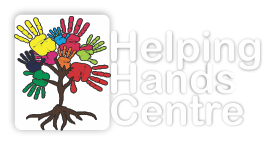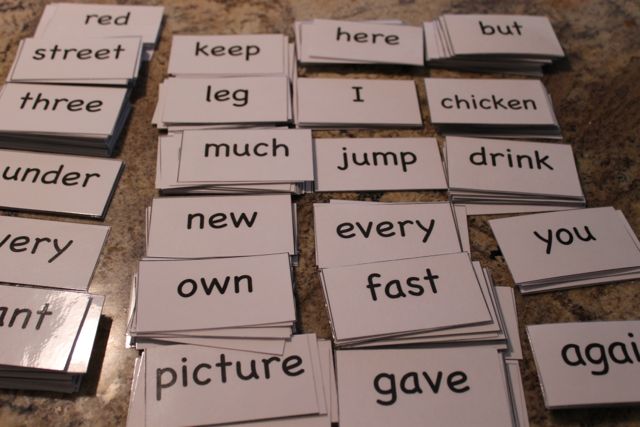When to get help; Parental guide to speech and langauge development
Speech and language disorders refer to problems in communication and related areas such as oral motor function. These delays and disorders range from simple sound substitutions to the inability to understand or use language or use the oral-motor mechanism for functional speech and feeding. Some causes of speech and language disorders include hearing loss, neurological disorders, brain injury, mental retardation, drug abuse, physical impairments such as cleft lip or palate, and vocal abuse or misuse. Frequently, however, the cause is unknown.
What are the milestones for speech?*
According to Speech Pathologist, when a child is talking to an unfamiliar listener (someone who doesn’t speak with them regularly eg. shopkeeper, bus driver etc), they should be able to understand them:
- At 1 year of age, 25% of the time.
- At 2 years of age, 50% of the time.
- At 3 years of age, 75% of the time.
- At 4 years of age, 100% of the time.
By the time children start their first year of school, they should be easily understood all of the time but still might have trouble with some sounds like ‘r’ and ‘th’.
The sounds that most children should be able to say according to age:
2-3 years
p, b, m, d, n, h, t, k, g, w, ng, f, y
4 years
l, j, ch, s, v, sh, z
5 years
r, zh, th, (voiced- when vocal cord vibrates like in words then, thy, that, breathe)
6 years
th (voiceless when vocal cords don’t vibrate like in words thing, think, thigh)
What are the milestones for language?
Speech Pathologist suggests the following milestones for each age group:
1 year
By the age of 1, children should respond to their name, understand around 10 words, communicate using a combination of gestures (eg. pointing, arms up), sounds (like babble) and a few words, and copy noises that adults make.
18 months
By 18 months, children should be able to understand around 50 words, follow a one-part simple instruction (eg. ‘throw the ball’), point to familiar objects or pictures in books (eg. ball, train, girl), say between 5-20 single words but still might be hard to understand, and name some body parts (eg. eyes, nose).
2 years
By the age of 2, children should be able to follow two-part simple instructions eg. ‘give me the car and the bear’, understand ‘what’ and ‘where’ questions, say 50+ single words and start to put 2 words together (eg. daddy go, mummy up), use ‘my’ and ‘mine’.
3 years
By the age of 3, children should be able to follow two-part more complex instructions eg. ‘give me the car and throw the ball’, understand ‘what’, ‘where’ and ‘who’ questions, start to have short conversations and use -ed on the end of words (eg. he goed over there).
4 years
By the age of 4, children should be able to understand ‘wh’ questions especially about stories that they’ve just heard, make longer sentences with words like ‘and’ , ‘because’, describe events that have happened recently, ask lots of questions, use more personal words like ‘me’, ‘you’, ‘he’, ‘she’, and start to use negatives eg. ‘no’, ‘can’t’, ‘don’t’, starting to understand some numbers and count to 5 and use some colour words.
5 years
By 5 years of age, children should be able follow three-part instructions (eg. get your shoes, put them near the door and give me your bag), understand some words related to time eg. ‘before’, ‘after’, ‘later’, start recognising some letters and sounds, tell short simple stories (eg. the plot of a movie/book, what they did on the weekend) that have a beginning, middle and end, use past tense and future tense correctly (eg. I ate, I will eat)
Signs of speech and langauge disorder and when to get help
Children: Signs of a Language Disorder
• Does not smile or interact with others (birth and older)
• Does not babble (4-7 months)
• Makes only a few sounds or gestures, like pointing (7-12 months)
• Does not understand what others say (7 months-2 years)
• Says only a few words (12-18 months)
• Words are not easily understood (18 months-2 years)
• Does not put words together to make sentences (1.5-3 years)
• Has trouble playing and talking with other children (2-3 years)
• Has trouble with early reading and writing skills* (2.5-3 years)
Children: Signs of a Speech Sound Disorder
- Says p, b, m, h, and w incorrectly in words (1-2 years)
- Says k, g, f, t, d, and n incorrectly in words (2-3 years)
- Produces speech that is unclear, even to familiar people (2-3 years)
Children Signs of Stuttering (Disfluency)
- Repeats first sounds of words—“b-b-b-ball” for “ball”
- Speech breaks while trying to say a word—“—–boy” for “boy”
- Stretches sounds out—“ffffff-farm” for “farm”
- Shows frustration when trying to get words out
- Children: Signs of a Voice Disorder
- Loss of voice
- Uses a hoarse or breathy voice
- Speaks with strain and effort
Adults: Signs of Speech & Language Disorders
- Struggles to say sounds or words (stuttering)
- Repetition of words or parts of words (stuttering)
- Speaks in short, fragmented phrases (expressive aphasia)
- Says words in the wrong order (expressive aphasia)
- Struggles with using words and understanding others (global aphasia)
- Difficulty imitating speech sounds (apraxia)
- Inconsistent errors (apraxia)
- Slow rate of speech (apraxia)
- Slurred speech (dysarthria)
- Slow or rapid rate of speech, often with a mumbling quality (dysarthria)
How to help children with speech and langauge disorder
After conducting a thorough medical assessment, your child’s doctor will refer you to a speech-language pathologist. They will perform a comprehensive assessment of your child’s expressive and receptive language to determine if your child has a language delay. The exam will focus on various forms of verbal and nonverbal communication and use standardized and informal measures.
After completing a speech and language evaluation, the language pathologist may recommend other exams. For example, a hearing exam can help them determine if your child has a hearing impairment. Your child may have hearing problems that have been overlooked, especially if they’re very young. After diagnosis, your child’s treatment plan will likely involve speech and language therapy. A licensed speech-language pathologist will complete an evaluation to determine the types of problems that your child is facing. This information will help them develop and implement a treatment plan. If your child has underlying health conditions, their doctor may recommend other treatments as well. For example, they may recommend an evaluation by a neuropsychologist.
Your child’s outlook will vary depending on their specific condition and age. Some children catch up to their peers and meet future language milestones. Other children have more difficulty overcoming language delays and may face problems in later childhood. Some children with language delays have reading or behavior problems as a result of their delayed language development. If your child is diagnosed with a language delay, it’s important to start treatment quickly. Early treatment can help prevent other problems from developing, such as social, learning, and emotional problems.
Tips for encouraging language development
It may not be possible to prevent all language delays. Hearing impairments and learning disabilities may not always be preventable. Follow these tips to encourage language development in your child:
- Talk to your child from the time they’re born.
- Respond to your child’s babbling when they’re a baby.
- Sing to your child, even when they’re a baby.
- Read aloud to your child.
- Answer your child’s questions.
adidas born original women costume for sale – تسوق تشكيلة اديداس اوريجينالز للرجال مع تخفيضات 25 , نمشي – 75% أونلاين في السعودية | Nike WMNS Dunk Low Purple Pulse (2021) – nike air max 90 jacquard infrared light – DM9467 – 500

